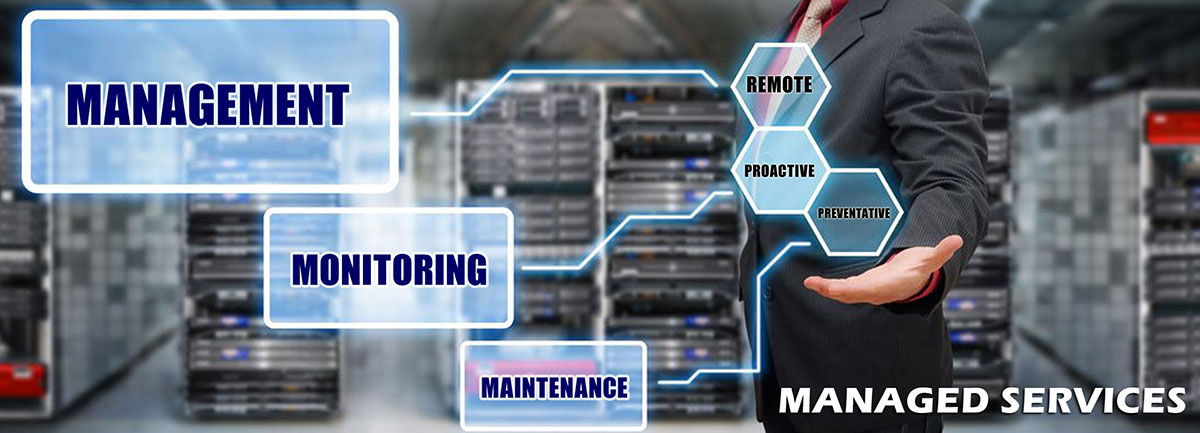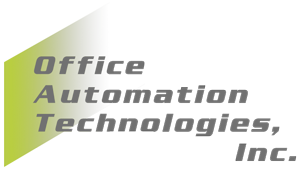Understanding Managed IT Services

Managed IT (information technology) services allow for small to medium-sized businesses to outsource their IT operations to an experienced third-party who specializes in handling these responsibilities.
The client typically provides IT equipment. Depending on the project, the hired Managed Service Provider may provide round-the-clock monitoring, problem resolution, system reporting, and much more.
Managed service providers will typically charge a flat fee for their services over a set period or might break it down into a monthly fee.
The service contract typically lays out precisely what services will be provided, including the degree to which they will be offered. The agreement will also show what metrics will be used for measuring the success of the service provider.
Key Terms & Definitions
Agent – an agent is a small program used by MSPs to gather information from systems about their status and health remotely. Once the agent is installed, it allows access to the MSPs to resolve issues, manage systems, and update programs.
Backup and Disaster Recovery – (BDR) – BDR is a combination of data backup services and disaster recovery solutions designed to ensure an organization’s mission-critical business functions will continue to perform despite any disasters or serious incidents that would otherwise have interrupted them.
Break/Fix – this is an older style of delivering IT services and offering repairs to organizations on a fee-for-service framework. A client would contact a break/fix company technician to request maintenance, upgrades, or resolve and pop-up issues. These are normally billed to the customer upon completion of the work.
Fully Managed IT Services – a fancier term would be “Network Operations Center”. This is to proactively monitor systems, perform any work with a level of expertise and efficiency, and resolve any issues.
Help Desk – an IT helpdesk is a managed service to provide information and support to their end-users. Some MSPs will white label their Help Desk services under the client’s name, so it looks like an in-house team for their customers.
Information Technology (IT) is an enterprise solution for creating, storing, transmitting, and providing data through computing devices, computer networks, and telecommunications.
Infrastructure as a Service (IaaS) – an MSP offering to SMBs. This is virtualized hardware on a cloud computing environment, for example, a server space, IP addresses, network connections, load balancers, and any other computer infrastructure with which clients can build their own platforms.
In House – the process where a company hires its own IT service provider and pays their W2 salary, benefits for the infrastructure they oversee. This is typically seen as a too costly endeavor. Often, businesses that attempted to create an in-house IT solution will lack the capabilities to service their system and have the inability to grow fully.
Managed IT Services – are any IT tasks and or processes that are fulfilled via a third-party company.
Managed Services Provider (MSP) – an IT professional (or IT organization) that offers managed IT services.
Remote Monitoring and Management (RMM) – a platform designed to provide different tools and services that can monitor, manage, and deploy solutions needed to servers and endpoint devices utilizing agent software installed on endpoint systems.
Service-level agreement (SLA) this is a service contract between a service provider and a client that specifies what the provider will furnish the timeframe in which it will be provided and the criteria used to measure the service providers’ success.
If you don’t think you need a managed IT service, just have a look here to see how ofter small and large companies networks go down.
